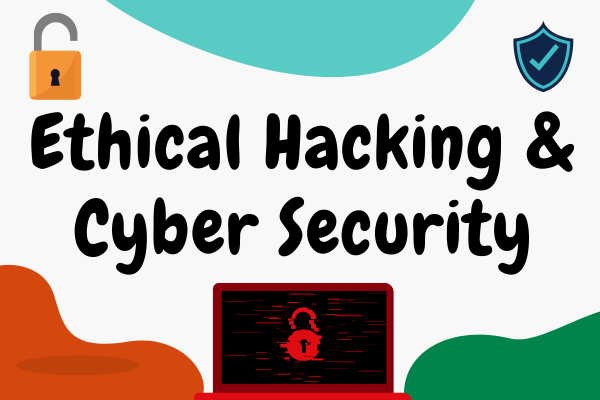Cryptocurrency & Blockchain Certification – The Digital ADDA
Cryptocurrency and blockchain technology are two closely related concepts that have gained significant attention in recent years. They have the potential to disrupt traditional financial systems and introduce new ways of conducting transactions and managing data. Here’s an overview of both cryptocurrency and blockchain:
Cryptocurrency:
- Definition: Cryptocurrency is a digital or virtual form of currency that uses cryptography for security. Unlike traditional currencies issued and regulated by governments (fiat currencies), cryptocurrencies are decentralized and typically rely on a technology called blockchain.
- Decentralization: Cryptocurrencies operate on decentralized networks of computers, also known as distributed ledger technology. This means that no single entity, such as a central bank or government, controls the currency.
- Key Features:
- Security: Cryptocurrencies use cryptographic techniques to secure transactions and control the creation of new units. This makes them resistant to fraud and counterfeiting.
- Anonymity: While transactions are recorded on a public ledger, the identities of the parties involved are often pseudonymous or anonymous.
- Global Access: Cryptocurrencies can be accessed and used by anyone with an internet connection, regardless of geographic location.
- Irreversible Transactions: Once a cryptocurrency transaction is confirmed on the blockchain, it is typically irreversible, providing security for merchants against chargebacks.
- Popular Cryptocurrencies: Some well-known cryptocurrencies include Bitcoin (BTC), Ethereum (ETH), Ripple (XRP), Litecoin (LTC), and many others. Each cryptocurrency may have its own unique features and use cases.
- Use Cases: Cryptocurrencies can be used for various purposes, including online purchases, investment, remittances, and as a means of transferring value across borders without the need for traditional intermediaries like banks.
Blockchain:
- Definition: Blockchain is the underlying technology that powers most cryptocurrencies. It is a distributed ledger technology that records transactions in a secure, transparent, and tamper-resistant manner.
- How It Works:
- Blocks: Transactions are grouped into blocks, and each block contains a reference to the previous block, creating a chain of blocks.
- Decentralization: Copies of the blockchain are maintained by a network of computers (nodes) around the world, ensuring redundancy and security.
- Consensus Mechanisms: To add a new block to the blockchain, a consensus mechanism (e.g., proof of work or proof of stake) is used to validate and confirm transactions.
- Immutability: Once a block is added to the blockchain, it is extremely difficult to alter or delete the information it contains.
- Applications Beyond Cryptocurrency:
- Smart Contracts: Blockchain technology enables the creation of self-executing smart contracts, which automatically enforce and execute contractual agreements when predefined conditions are met.
- Supply Chain Management: Blockchain can be used to track the provenance of goods, enhance transparency, and reduce fraud in supply chains.
- Healthcare: Blockchain can secure and streamline the sharing of medical records and patient data.
- Voting Systems: Blockchain can be used to create secure and transparent electronic voting systems.
- Private and Public Blockchains: Blockchains can be categorized as public (open to anyone) or private (restricted to authorized participants), depending on their use case and access control.
The relationship between cryptocurrency and blockchain is that cryptocurrencies are one of the most prominent and widely adopted applications of blockchain technology. However, blockchain has numerous other use cases beyond cryptocurrencies and is considered a disruptive technology with the potential to revolutionize various industries.











